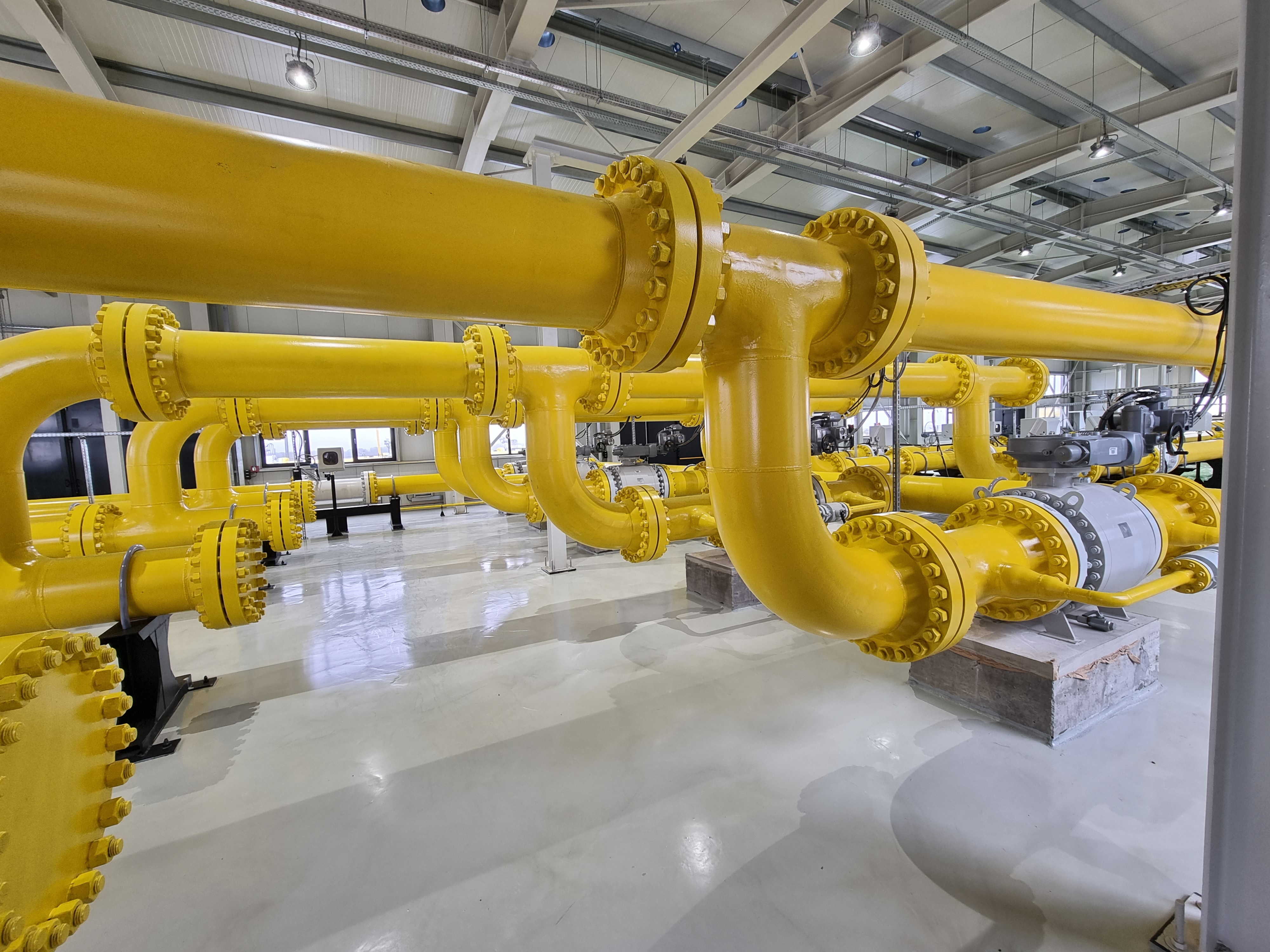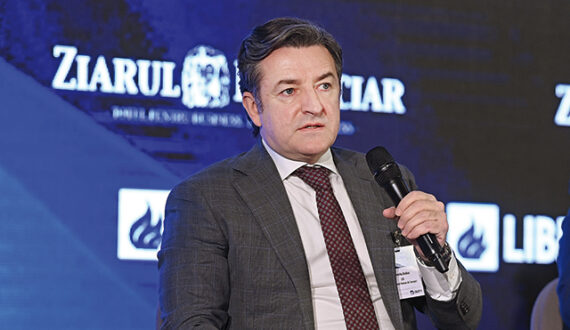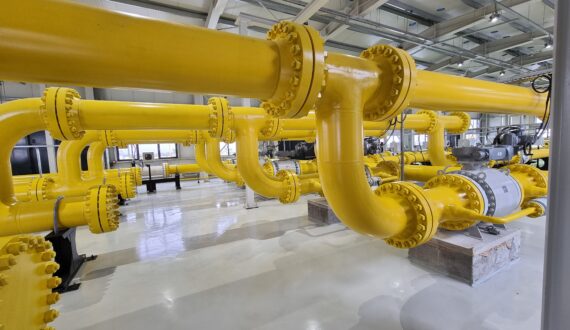Article written by Corneliu Bodea, CEO Adrem & President of the Romanian Energy Center (CRE), for neweurope.eu
The Black Sea region has a huge energy potential, both on-shore and off-shore, in terms of natural gas proved reserves and renewable energy. Located at the eastern border of the European Union, it promises the diversification of convenient energy sources for the European energy market. Specifically for Romania, the 2nd largest natural gas producer in the EU, the Black Sea developments are of strategic importance and could expand the country’s mix of energy resources and regional relevance.
Focusing on the renewable offshore potential, according to a report from the World Bank, the total technical capacity of offshore wind in the Black Sea is assessed at 435 GW (fixed 269 GW, floating 166 GW). Specifically for Romania, the estimates reach a total potential of 76 GW (fixed 22 GW, floating 54 GW). Moreover, The European Commission launched on November 19, 2020, the EU Strategy on Offshore Renewable Energy, which proposes to enhance Europe’s installed offshore wind capacity from the current level of 12 GW to over 60 GW in 2030 and 300 GW in 2050. These ambitions would help the EU reach its energy and climate targets by 2030 and the subsequent climate neutrality by 2050. However, Europe has yet to see mature projects that would tap the Black Sea renewable energy potential, also because of unfinished offshore wind energy strategies of member states, Romania’s included.
The development of renewable energy sources in Romania was planned by law no. 220 of 2008 for establishing the system for promoting the production of energy from renewable energy sources. Following the first wave of renewable developments, Romania currently has installed capacities in wind energy of 3,000 MW and in photovoltaic energy of approximately 1,400 MW. These levels correspond to the objective set by the European Union until 2020, assumed by Romania, of 24% energy produced from renewables in final consumption.
After 2016, total RES capacity recorded a slight decline, due to the end of the GC accreditation period for eligible producers and to decommissioned hydro generation units. RES production has remained relatively constant since 2015, with minimal new capacity installed while electricity generated is rather low due to lower capacity factors (c.22%) of older sites.
The generation mix is one of the most balanced in the EU, with the 19.5 GW installed capacity and resulting power generation consistently spread among renewables energy sources – RES (wind, solar), hydro, nuclear, natural gas and coal. Except for RES units which have been commissioned during the past decade, the remaining electricity generation assets have exceeded or are close to the end of their useful life. Further decommissioning of coal plants is planned along with replacement of traditional generation sources (of which coal and natural gas-fired units are also exposed to rising EU ETS prices not covered by market earnings). These assets should be replaced by new capacity, which either utilizes RES or highly efficient conventional power plants.
Read the full article on New Europe
The status and prospects of the renewable energy sector in Romania








